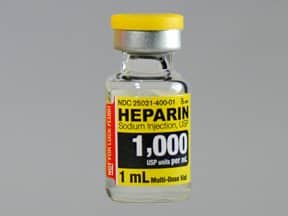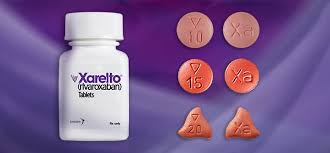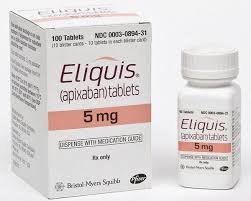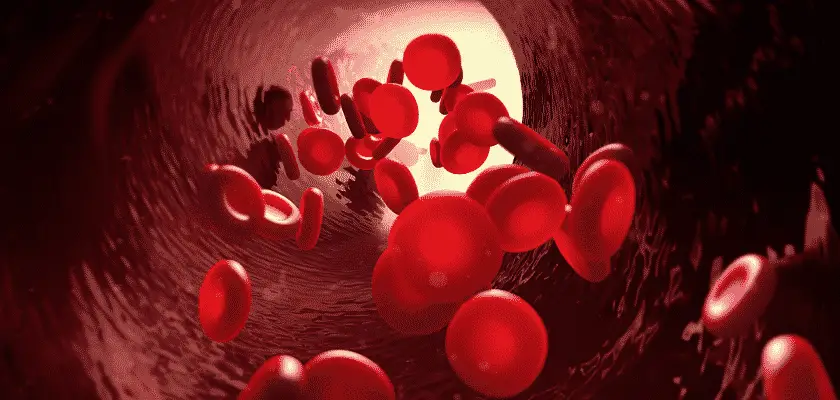Hundreds of thousands of people have to take blood thinners. In this article, I will discuss why people have to take blood thinners, side effects, and natural alternatives.
What Are Blood Thinners?
Blood thinners are used so that the blood does not stick together to form clots. Actually, “blood thinners” are really anti-clotting medications because they do not make the blood thinner. Blood thinners are a term that people use.
What is the Purpose of Taking A Blood Thinner
Blood thinners or anti-clotting medications are used to lower the risk of heart diseases that are caused by blood clots.
Heart attacks, strokes, and deep vein thrombosis can be caused by blood clots. These are some of the diagnoses that people take blood thinners for.
Heart Diseases That Take Blood Thinners
There are several heart diseases that predispose you to get blood clots. These diagnoses are :
- Stroke or CVA
- Deep vein thrombosis (DVT)
- Pulmonary embolism
- Vascular issues
- Heart attack

Side Effects of Blood Thinners
The new generation blood thinners such as Xarelto and Eliquis have fewer side effects than coumadin and heparin. Some of the side effects are:
Different Types of Blood Thinners
There are 4 different types of blood thinners depending on the use.
Coumarins
The only drug in this class is coumadin here in the United States. Coumadin or Warfarin works by limiting the availability of Vitamin K. Vitamin K is necessary for the clotting of blood.
The antidote for coumadin is Vitamin K. Coumadin requires frequent monitoring of the patient’s INR.
Factor Xa Inhibitors
These are the new generation of blood thinners. They include:
- Eliquis
- Xarelto
- Arixtra
- Savaysa

These blood thinners work on Factor Xa in the coagulation process. This process is responsible for converting prothrombin into thrombin.
Many people go from coumadin to the Factor Xa drugs because the Factor Xa drugs do not require monitoring.
Heparin
Heparin is given as an injectable or intravenous. Heparin activates antithrombin 111. Antithrombin inhibits thrombin and factor Xa.
Heparin comes in low molecular and high molecular weight. High molecular heparin requires daily aPTT monitoring. This is intravenous heparin and it is given to patients with a diagnosis of pulmonary embolisms, vascular issues, or deep vein thrombosis.
Low molecular heparin used for prophylactically. This heparin is administered subcutaneously. For example, if a person is going to be immobile for a while, the doctor will order heparin subcutaneous daily to prevent blood clots.
There are other heparins such as Fragmin, Lovenox, and Innohep.
Thrombin Inhibitors
Thrombin inhibitors bind to thrombin and inhibit their activity. Thrombin inhibitors are used to prevent and treat DVT or deep vein thrombosis. These drugs are Pradaxa, dabigatran, and Refludan.
Blood Thinners Drug Interactions
If you take blood thinners, you really have to be careful about what foods or medications you take.

Vitamin K Foods
If you take Coumadin, you need to be careful of your Vitamin K intake. Foods high in vitamin K are:
Foods
Garlic
Ginger
Celery
Foods containing high amounts of Vitamin E such as
wheat germ oil, sunflower seeds, almonds, hazelnut oil, sunflower oil, and hazelnuts.
Omega 3 fatty acids
Herbs
There are many herbs that you should not take if you are on a blood thinner. These herbs include:
- Turmeric
- Cayenne pepper
- Garlic
- Ginkgo biloba
- Grape seed
- Ginseng
- Cinnamon
- Clove
- Chamomile
- Willow bark
Conclusion
Blood thinners can be a wonderful asset to your medication regime if you have heart disease.


